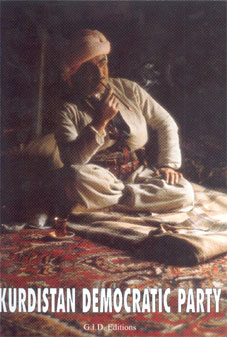Sufism, Islam's mystical tradition is a quest
of Perfection. Grouping a large number of Islamic Brotherhoods,
Sufism seeks a purification
of human conciousness, allowing its adepts to identify
themselves with God.
Very often, this search for purification takes place under the
guidance of a spiritual leader, called Shaykh, sometimes attended
by an assistant he himself has initiated (a Khalifa).
Sufis, through meditation, a simple and Spartan life, specific rites,
dances and prayers, reach a state of ecstasy which is a shared
caracteristic of all form of sufism.
The Sufis, while in conflict with Islamic orthodoxy have
great importance in Islam�s propagation. Islamic liturgy
was in Arabic, while sufi mystical teaching was dispensed
in native languages.
Husayn Ibn Mansur-Al-Hallaj, the most famous Sufi, was an admirer of Jesus
(Moslems consider Jesus, Issa, as a Prophet). He was basing his teaching on
Love of God, but he was crucified in Baghdad in 922 A.D., as a blasphemer.
He proclaimed himself “The Spirit” (Ana'l Haqq).
Today he is buried in Lâlesh, the Yezidi Holy town,
by the tomb of Shaykh Adi the Yezidis great master.
Another famous sufi Ain Al-Qûdat Hamadâni who was born and lived in Hamadan
in Iranian Kurdistan in the XIIth century, preached that
every creation is the manifestation of a primary
Universal Spirit.
He was crucified by Moslem authorities in 1131 A.D.
Shahâb Al-Din Suhrawandi, who was born near present
day Suleimaniye in Iraqi Kurdistan, taught that the soul of
Believers could merge with God Himself. He was
crucified in 1191 A.D.. Islamised Kurds quickly adopted Sufism
teachings pershaps because orthodox Islam did not suit the Kurds'
mystical nature, pershaps as a
means of protecting their
own identity.

|







